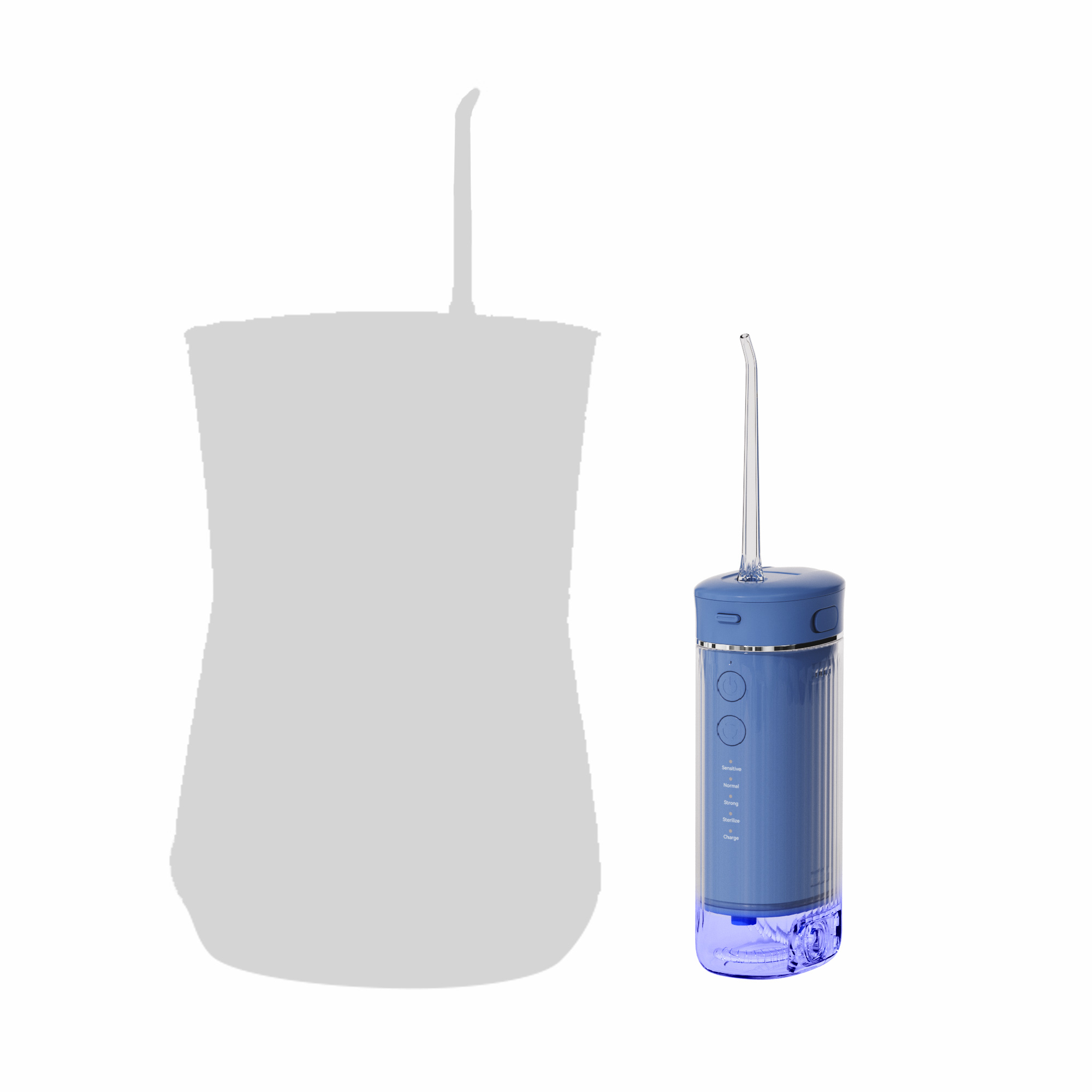In the manufacturing and supply of electric personal care devices, two frequently overlooked but critical issues are Charging Failure and Handle Cracking. These problems not only impact the product’s functionality but also jeopardize its lifespan and user satisfaction. When these two issues occur simultaneously, the risk of total device failure significantly increases. This article explores why these faults arise and provides practical guidance for B2B manufacturers on how to identify and resolve them efficiently.
Charging Failure in electric devices, such as toothbrushes and water flossers, can originate from various points in the system:
Detecting the true source of Charging Failure is critical before proceeding with corrective actions to avoid misdiagnosis and unnecessary component replacement.
Simultaneously, Handle Cracking is another issue that can silently develop during the product’s lifecycle:
Once cracks form, they may allow moisture ingress, which can damage internal electronics, including the charging port—potentially causing or worsening Charging Failure.

It’s essential to realize that Charging Failure and Handle Cracking are not always isolated problems:
When both defects coexist, device reliability drops sharply, requiring immediate intervention to prevent consumer dissatisfaction or returns.
To effectively fix these twin problems, manufacturers must implement precise inspection protocols:
These preventive measures can greatly reduce the chance of Charging Failure and Handle Cracking reaching the market.
To correct existing products and prevent future incidents, B2B manufacturers should focus on:
For manufacturers aiming to supply premium-quality electric care devices, addressing both Charging Failure and Handle Cracking is essential. These issues, when left unchecked, can compound to cause complete device malfunction and serious brand damage.
By integrating robust design principles, superior materials, and rigorous testing, B2B partners can deliver reliable, safe, and durable products that meet global market expectations—minimizing warranty claims and maximizing customer trust.Contact us

Water Flosser Toothbrush Combo: 2-in-1 Oral Care Solution

Top OEM Electric Toothbrush Manufacturer for Kids – Powsmart

IPX7 Waterproof Electric Toothbrush Manufacturing for Kids & Adults
Bristle Hardening Inducing Gum Recession – Brushing or Destroying?
Light Failure Resulting in Uneven Whitening – Acceptable?

electric toothbrush factory evaluation standards- 5 Must-Read Criteria for Brand Owners

Is Stain Removal Rotating Brush’s Motor Corrosion a Hidden Problem?

Does Bacteria Killing Ultrasonic Brush Grow Reservoir Mold?

Four Core Factors Brand Owners Must Pay Attention to When Choosing Competitive Water Flossers
.jpg)
Custom Children’s Electric Toothbrush Design – Soft Bristles & Food-Grade Silicone
-2-scaled.png)
Does 3D Rotation Oscillation Brush Trigger Sensor Failure?
.jpg)
Ultraviolet sterilizing oral irrigator: Becoming the New Market Favorite?
Contact POWSMART

Is High-Frequency Vibration Harmful to Gums?

Space-Saving Oral Care: Compact Electric Toothbrush Designs
Motor Overheating alongside Device Overheating – Double Danger?

electric toothbrush heads Deep Clean
.jpg)
Florida Electric Toothbrush – Powsmart PTR-C8

electric toothbrush heads Regular Clean

Private Label Whitening Gel

Customization Teeth Whitening Gel

Electric toothbrush heads Charcoal Infused-Diamond

electric toothbrush heads Ultra Soft

electric toothbrush heads Charcoal Infuse-Round
whstapp
whstapp
National Toll-Free Service Hotline
+86 755 86238638